Onion Seeds Vs Onion Sets – Which Is Best? Onions can be grown in a couple of different ways, which include growing from seeds, transplanting seedlings or growing them from Onion Sets. Onion Sets are small Onion Bulbs, that can be purchased from a garden centre, that has been produced from seed, the previous year. The Onion is harvested as a small, immature bulb and kept dormant, until the following Spring.
Growing Onions from sets is, by far, the most expensive way to produce an Onion crop. The primary advantage of using an Onion Set, is that it will produce an Onion crop earlier than any other method. This is because the Onion has already started to produce an Onion Bulb, it will typically advance the harvest by 4-6 weeks. It is also easier to plant, as they establish themselves quickly and are more disease resistant.
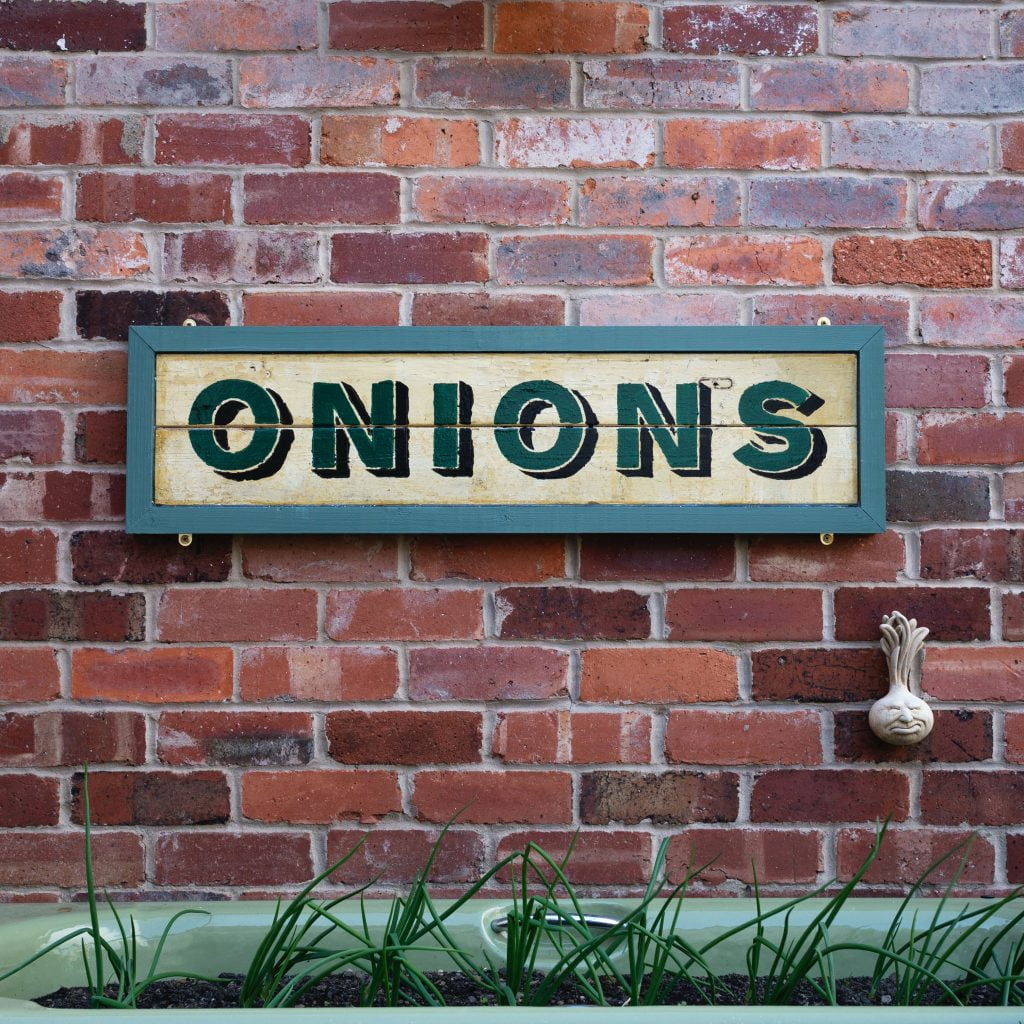
The limitation of using Onion Sets, is that there is not a wide number of varieties available, when compared to seed. They also generally produce a less durable bulb for storage, than those produced by seed.
For those with large gardens wanting to produce a large harvest, they are extremely cost prohibitive, if using them to produce your entire Onion crop. Additionally, the benefits of an early harvest can be reduced and even negated, by carefully selecting varieties to grow from seed and also optimise the storage of the prior year’s crop. To read more about onion types, go to https://planyourpatch.com/how-many-varieties-of-onions-are-there/.
If you choose to grow Onions from seed, it is best to grow at least two different types, an early variety and an intermediate or late variety. The early variety minimises the time to harvest, closing the gap between seeds and Onion sets, while the intermediate and long day Onions are more suited for long term storage. However, the varieties that can be grown will be dependent upon the region in which you live. This is because the formation of the bulb is dependent upon the number of daylight hours, the bulb is exposed to.
One of the lowest cost places to purchase Onion seeds and sets in the US is Seeds Now, if you live in the UK I would recommend Thompson & Morgan. Both companies have a range of different types of Onions to suit a range of locations.
Short Day Onions Require At Least 10-12 Hours of Daylight A Day to initiate bulb formation. These varieties are the only type that can be grown in regions within 35 degrees latitude, North or South of the Equator, due to the day length. However, in colder regions, the properties can be used to initiate an earlier harvest, because the bulb formation occurs earlier in the growing season. These varieties do not store as well as other varieties, due to the higher sugar and moisture content, as such, these varieties should be used first.
Intermediate Day Onions Require A Day Length Of 13 to 14 Hours Per Day to initiate bulb formation. They are most suited to regions that are between 35 to 45 degrees from the equator, but can also be grown in more Northerly or Southerly regions, where the days are longer than 13 or 14 hours.
Long Day Onions Refers To Onions That Can Only Be Grown At Latitudes Of 45 Degrees Or More As They Require 15 Hours Or More Of Daylight to initiate bulb formation. These types of Onion, take the longest to produce but they will also store for the longest period.
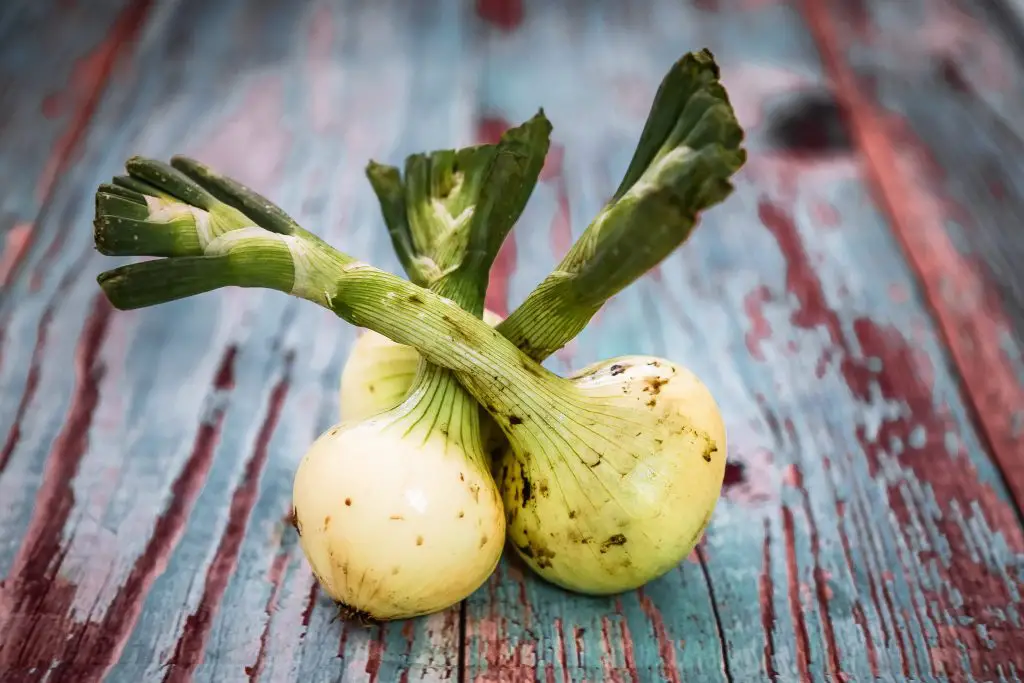
Planting Onion Sets
Growing Onions from sets is easier than growing from seed, and they are perfect for the beginner gardener, with a small vegetable garden. Onion sets are sold as Spring or Autumn planting varieties, however, the majority of people plant them in the Spring, as the soil begins to warm. The advantage of planting in Autumn, is that these crops will be ready to harvest a little earlier, than Spring planted Onion sets.
When planting Onion Sets, select a warm sunny location and prepare the soil for planting. Onions will tolerate a wide variety of soils, from Sandy Loams to Heavy Clay Soil, however, the addition of compost to condition the soil, is often beneficial. Like most vegetables, Onions prefer a slightly acidic soil. To learn more about how to test for pH, go to https://planyourpatch.com/why-is-ph-important-in-soil/.
When planting Onions Sets, push the bulb in, about 1 cm into loose soil with the pointy end facing up, leaving about one third of the Onion exposed to the light. Protect them with a Mesh or Cloches, as birds have a tendency to pull them out of the ground, in the early part of Spring.
During the growing season, they require very little maintenance apart from keeping the weeds clear, and regularly watering to ensure that the soil remains moist. While Onions can be harvested at any stage throughout the season, they will reach their full maturity, after about 16 weeks. When the Onions are mature, their stems will start to become brown and fall over. This is a signal that the Onion Bulbs will not swell any further and have reached their maximum size.
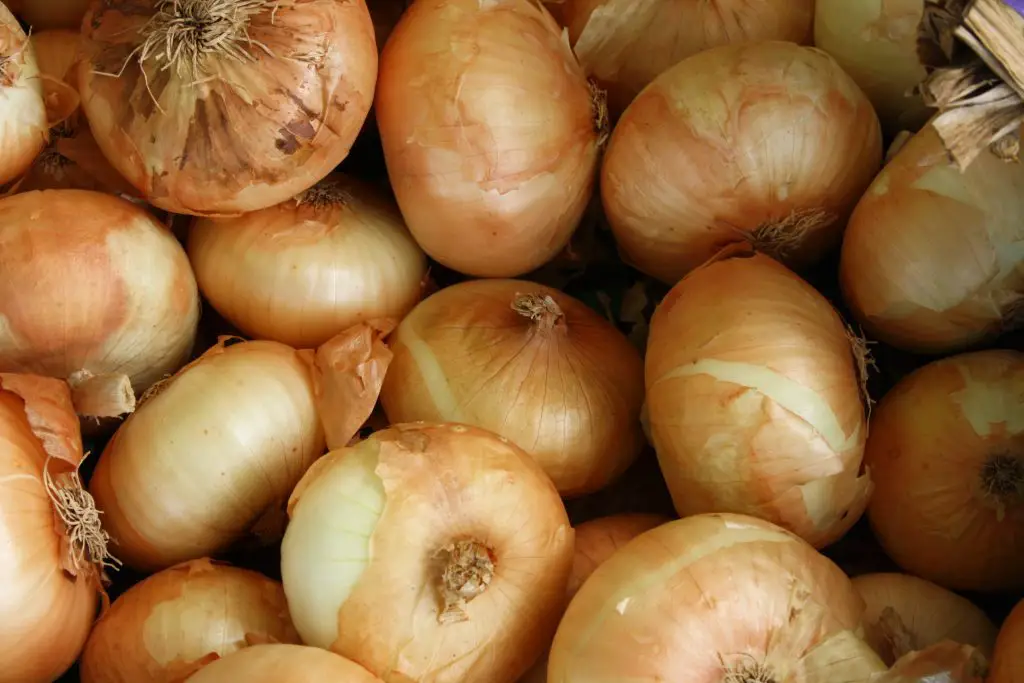
How To Grow Onions From Seed
Onions seeds are generally planted, in moderate to cool climates, in late Winter to early Spring, however this is dependent on what your climate will allow. It is possible to plant Onion seeds in Autumn, as most varieties are hardy to -6°C (20°F), at least. The advantage of planting in Autumn, is that the plant is able to develop its leaves and roots to a greater extent through the Winter, before the daylight hours initiate bulb formation in Spring, allowing for a slightly earlier harvest.
Onion seeds can be sown directly into the soil, however, I recommended that you start Onions in modular trays, because it allows you to protect the seedlings from slug attack early on. The other benefit, is that the young seedlings don’t occupy garden space, allowing it to be used for other Winter vegetables.
While many people plant Onions individually, I recommend planting seeds in clumps, which is sometimes referred to as multi-sowing, as there are several advantages to using this technique. It reduces the greenhouse space required, as it allows a larger number of seeds to be sown in a single tray. It is much faster to plant clumps, rather than individual seedlings into the garden, and there is less root disturbance in this process. It also makes controlling weeds easier, as the clumps can be spaced a reasonable distance apart, allowing a Dutch Hoe to be used to removed weeds, which is generally much faster than hand weeding.
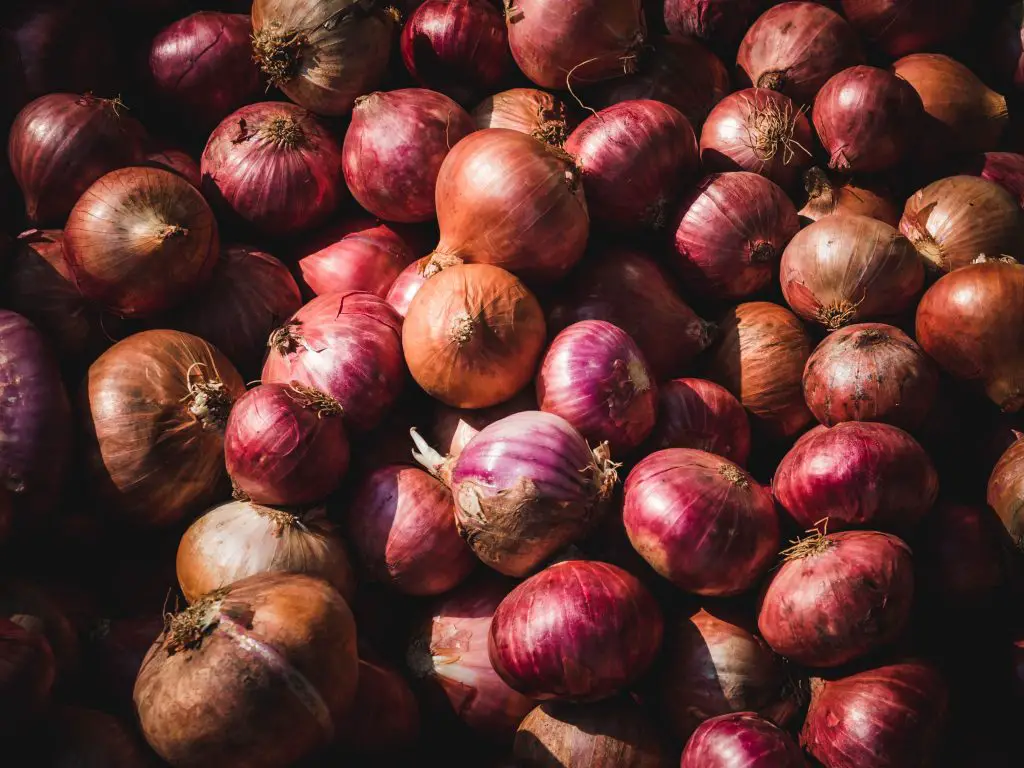
When sowing multiple Onion seeds, it is best to aim for 4-5 seeds, per module. This number of seeds, allows the Onions within the clump, to reach a reasonable size, any more than 5 Onions in a clump, will result in the production of small bulbs. If you end up with more than the desired number of seedlings in a clump, they can be thinned down, prior to planting.
However, my preference is to leave the additional seedlings in the clump and allow them to grow. The reason for this, is that the additional seedlings can be harvested as Spring Onions, prior to the formation of bulbs, or they can be used to replace plants that have been damaged by pests, such as slugs and snails.
When planting in trays, Onion seedlings can be planted out after 4-6 weeks. However, they can be left in the modules for longer periods of time, if space is not yet available in the garden, as it will not hinder their development. Seedling clumps should be spaced around 30cm (12 inches) apart.
The ideal growing conditions for seedlings and seeds is identical, to those for Onions Sets, described in the previous section of this article.
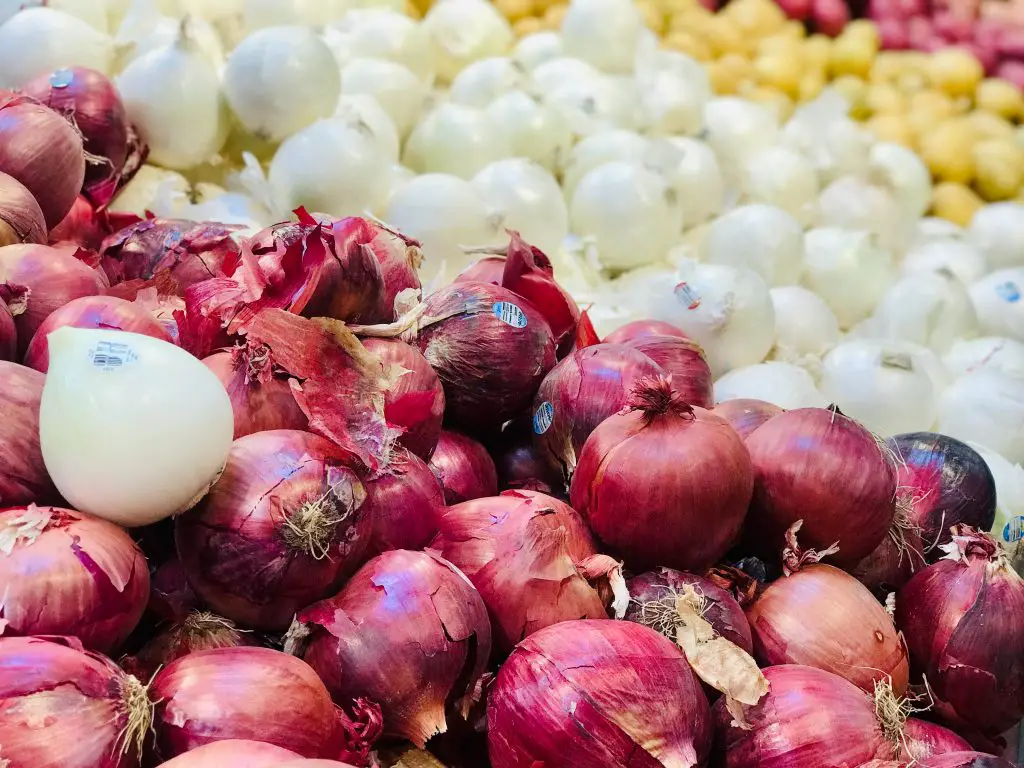
Harvesting and Storing Onions
When selecting Onions to store long term, choose ones that are either intermediate or long day varieties, as they will store better than short day varieties. It is also best, if they have been allowed to fully mature, as Onions that are larger in size, tend to store better.
Once the Onions have been harvested and the best ones have been selected for storage, allow at least 2 weeks, or possibly longer, for them to dry out. When fully dry, the skin should be flaky and the stems should be completely shrivelled up. If there is any doubt, about whether the Onion is fully dry, it is best to leave them for longer, as this reduces the chances of rotting when in storage, maximising the storage life. The drying out process, should be carried out in a dry spot, where the Onions can spread out, places like a Greenhouse, Patio, Garage or Shed are often used.
One option to reduce the space required for this process, is to use plastic containers such as Bread Crates. Bread Crates are ideal, as they have a wide flat tray with plenty holes in them, which allows many Onions to be laid out in single layers, to maximise ventilation. The crates are stackable, which will allow many layers to be placed on top of one another, minimising space.
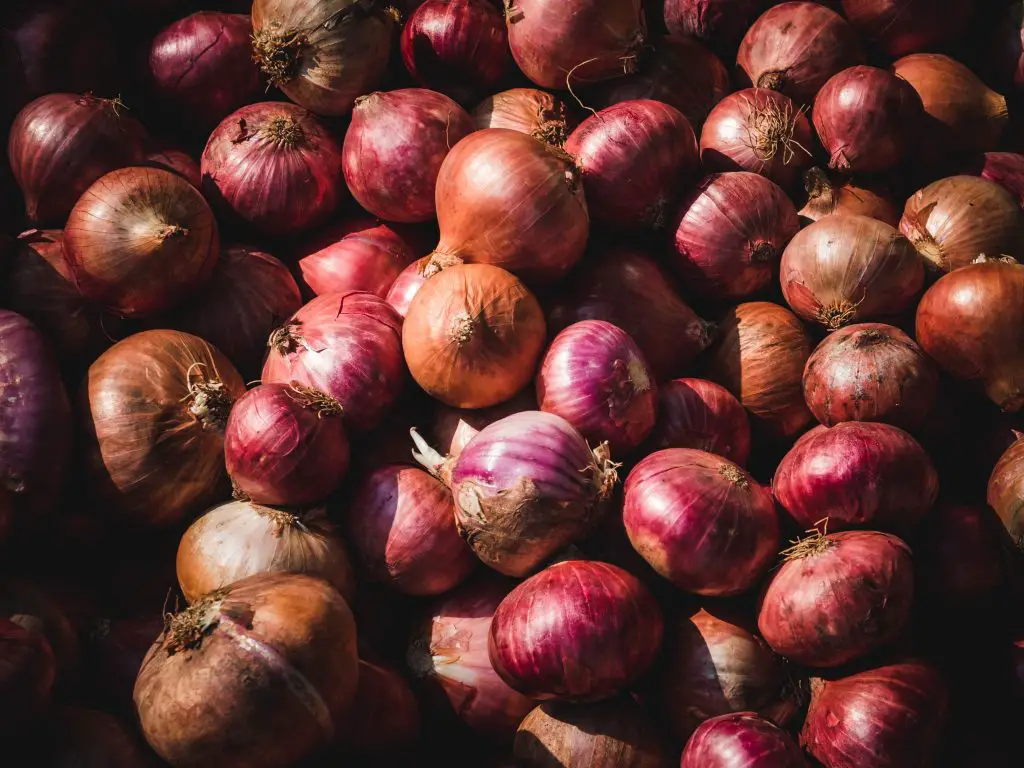
These crates are also a suitable option for long term storage as well, after the curing process is completed. So it is possible to stack the Onions in these crates and simply leave them, provided that the location is dark, cool and dry. The other option to maximise ventilation, is to braid the Onions onto a string.
Braiding is a traditional method, that starts with a single Onion that is securely tied onto the end of a string, by its stem. The other end of the string is attached securely, to the point you wish to hang the Onions from, throughout the store period.
To create the next layer, pick 2 Onions, of approximately the same size and wind the stems together. To do this successfully, around 8-10cm (3-4 inches) of the dried stem, is required. When this process is complete, the 2 Onions should be securely attached to each other, with about 5cm (2 inches) between the bulbs. Wind the section of stem between the 2 Onions around the string, once or twice, before pushing it downwards, until the Onions come into contact with the layer of first Onions. Repeat this process, until the braid has reached the desired height.
As these instructions may be a little hard to follow, it may be worth watching a video of the Head Gardener of Chilton Estates, demonstrating the technique. The video is taken from the BBC series Wartime Kitchen and Garden. The series was a sequel to Victorian Kitchen Garden. This series followed the head gardener Harry, for a full year, as he revived many of the long lost garden techniques of the Victorian era. This series is one of my absolute favourites, and I would highly recommend it to anyone interested in broadening their garden knowledge. https://www.amazon.com.au/Victorian-Kitchen-Garden-Peter-Thoday/dp/B000063BLK
The video below, is a full episode of Wartime Kitchen and Garden, go to 8 minutes and 16 seconds to find the section on Onions, with Harry.
Related Articles
How many varieties of onions are there?
How Many Onions Grow From One Bulb?
Do Onions Grow Underground? What Is Normal?
Is An Onion A Root Or Stem? What Part Of The Plant Are We Eating?
